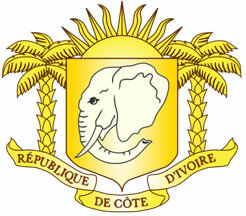Fossils are archaeological records left in the ground or underground, they are the remains of animals and plants that have been preserved in a natural way over millions or even billions of years.
They are preserved in mineral sediments, mainly silica; the fossilization process consists of the transformation of organic matter into a mineral compound, but which does not lose its physical characteristic. A fossil can be defined as the replacement of organic matter from an animal or plant with minerals. Through this archaeological element, the paleontologist (a professional who studies fossils) discovers facts that happened millions of years ago.
The archaeological element in question reveals, in addition to animal and plant remains, footprints and food remains. These records can have different sizes, ranging from dinosaurs and human ancestors to microscopic beings such as protozoa.
In order to carry out prehistoric studies, it is necessary to analyze fossils, they are essential sources to unravel events that took place in distant times.
For fossil dating, the most used and effective method is radioactivity. With the help of sophisticated devices, scientists assess or measure the amount of carbon 14, uranium and lead present in these fossils. From these data it is possible to know how many millions or billions of years ago a mineral was formed, for example, in addition to identifying the age of an animal or plant fossil.
Basically, there are two types of fossils, the somatofossils (fossils of teeth, carapaces, leaves, shells, trunks and etc.) and trace fossils (fossils of footprints, bites, eggs or shells thereof, excrement, etc.).
Do not stop now... There's more after the advertising ;)
By Eduardo de Freitas
Graduated in Geography
Brazil School Team
Archeology - geography - Brazil School
Would you like to reference this text in a school or academic work? Look:
FREITAS, Eduardo de. "The fossils"; Brazil School. Available in: https://brasilescola.uol.com.br/geografia/os-fosseis.htm. Accessed on June 27, 2021.

